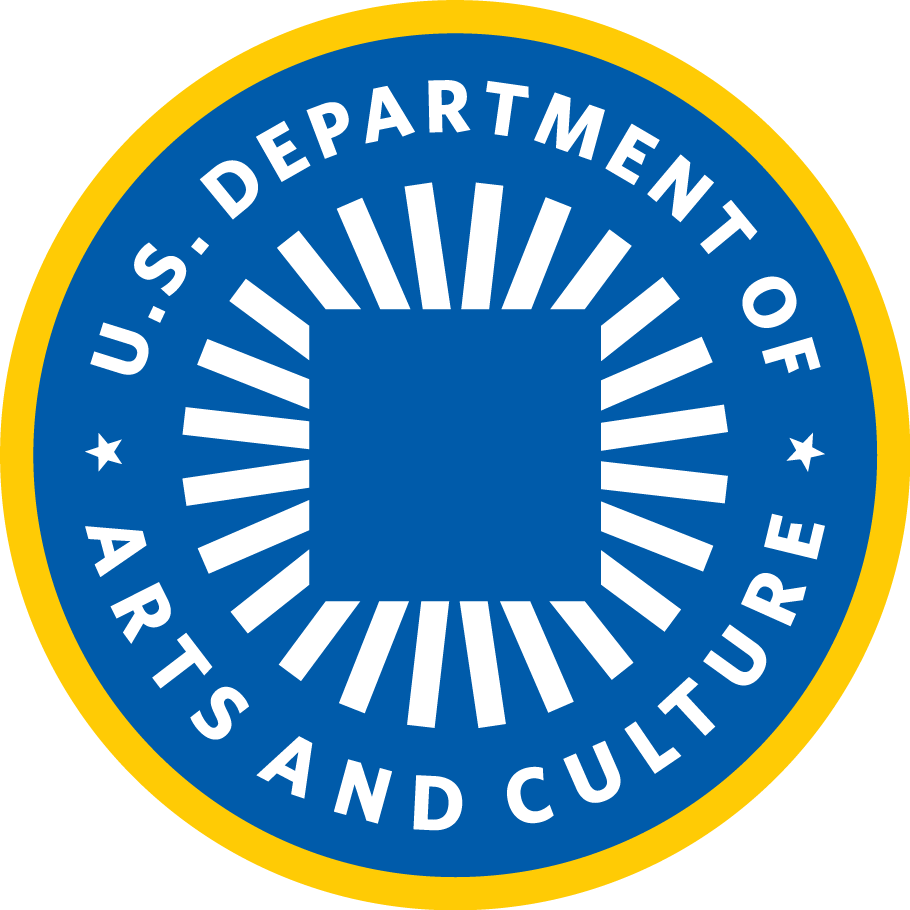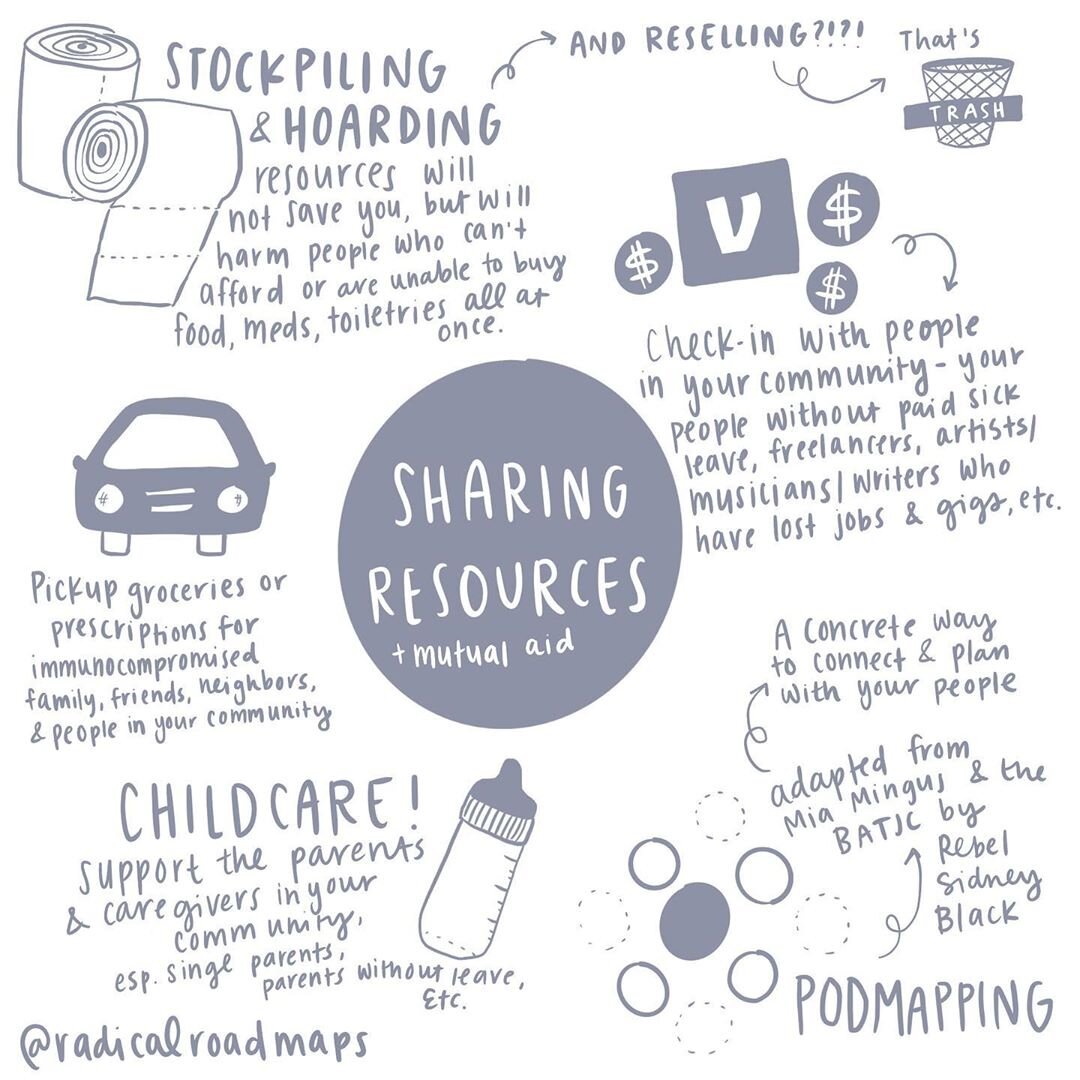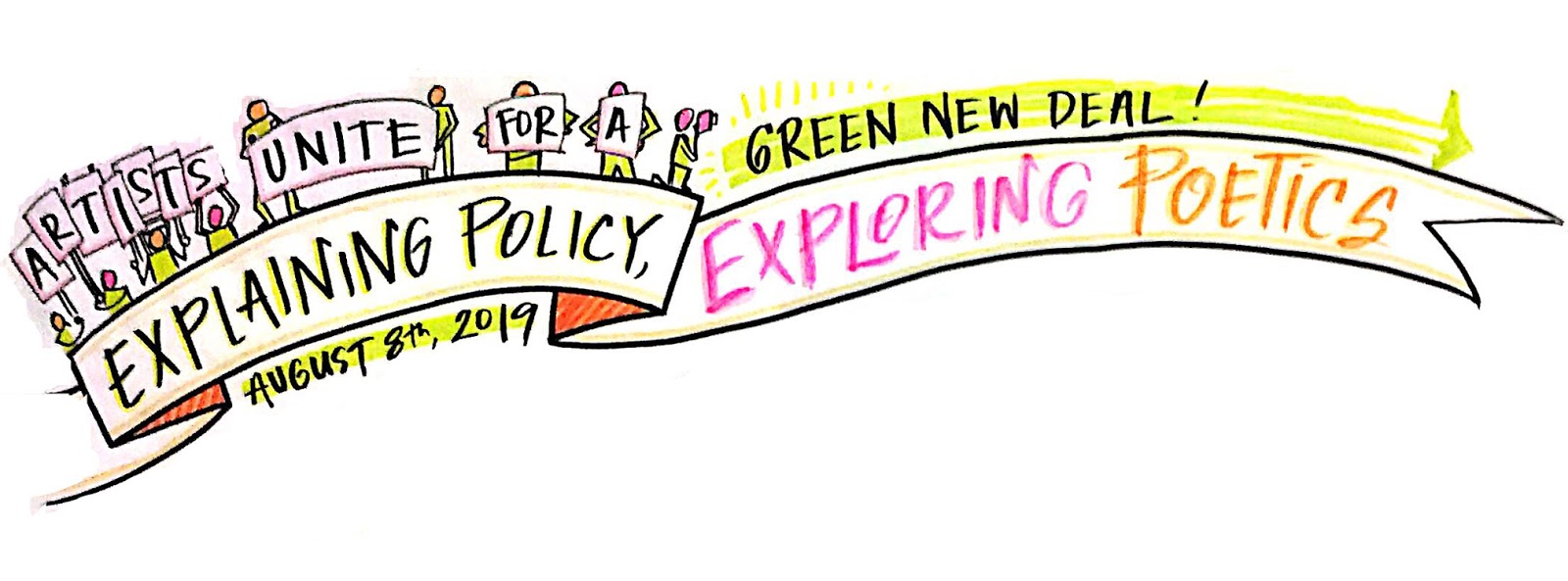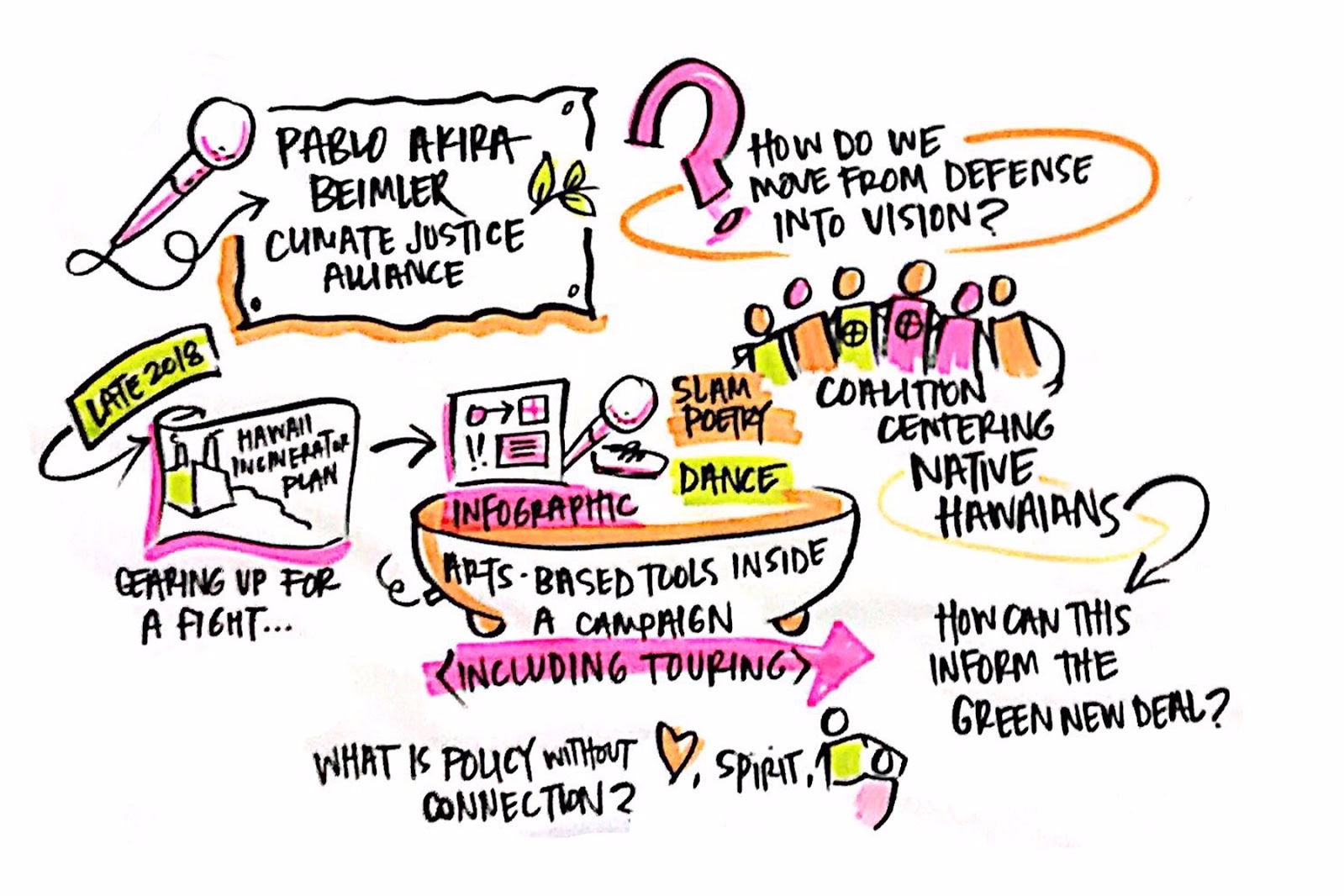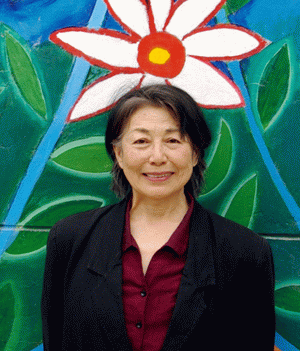This is a room full of people who know that the work of culture shift is more important than ever. We know that culture—and that particular distillation of culture known as art—are the arenas in which we can make these shifts of the heart, where we become more human humans, create more life-giving ways of being, and build more democratic institutions. In a time of sickness, culture is a healing force. La cultura cura. Culture cures. And in a time of unrest, culture is the wellspring of our resistance.
Two years ago, the prescient science fiction writer Ursula Le Guin said:
Hard times are coming, when we’ll be wanting the voices of writers who can see alternatives to how we live now, can see through our fear-stricken society and its obsessive technologies to other ways of being, and even imagine real grounds for hope. We’ll need writers who can remember freedom—poets, visionaries—realists of a larger reality…. We live in capitalism, its power seems inescapable—but then, so did the divine right of kings. Any human power can be resisted and changed by human beings. Resistance and change often begin in art.
Indeed, reality is up for grabs and everything created must first be imagined—and it’s in that spirit that we launched the U.S. Department of Arts and Culture. Who here has taken part in the USDAC in some way? [Many hands were raised.] For those of you for whom this a first encounter with the USDAC, welcome aboard. This is an act of collective imagination, and you’re now implicated! To catch us all up to speed, here’s a very brief history of the people-powered department:
What’s in name? The USDAC began as a set of words, an imported poetic provocation. Living in Colombia, working with their Ministry of Culture, I wondered: “why don’t we have one?” and printed hundreds of posters, for this imagined entity.
This string of words became the container for a set of questions and conversations explored together by many in this room:
- How can we shift art and culture from the margins to the center of civil society, given their true value and support as catalysts for social transformation?
- What would it look like to perform a people-powered department—as both a playful work of collaborative art and as a serious vehicle for community-building, field-building, and movement-building?
And then at a certain point, these conversations had to turn into actions. So, we launched the USDAC with a press conference in the middle of the federal government shutdown in October 2013.
Bernice Johnson Reagon of Sweet Honey in the Rock said, “When you begin to imagine and act as if you live in the world you want to live in, you will have company.”
And sure enough, three years later, more than 15,000 people have brought the USDAC to life in communities across the country—joining together at Imaginings hosted by Cultural Agents, connecting through Story Circles, showing up in public spaces as Emissaries from the Future through #DareToImagine (a campaign which was just replicated in the country of Scotland). At the USDAC our state of the union address is a poem, our SuperPACs are Super Participatory Arts Coalitions, and our Field Offices are local networks bringing cultural strategies to fights for housing justice, climate justice, transit equity and much more.
Together, we’re standing for the right to culture, spreading creative tactics applicable across movements, building momentum for cultural democracy, and performing possibility. Possibility can be just as contagious as fear…and is a lot more fun to be around.
Dreaming in public, we make the road by walking, and we play in the creative tension between what is and what could be.
And I think that’s one of the characteristics that brings us all together here. We are tightrope walkers, dancers along that thin line stretched between the world as it is and the world as it could be. As artists and organizers, we bear witness to the present while also bearing prophetic witness to that which might exist. And, through the power of our stories, our songs, our relationships, our acts of heart, we invite others on that tightrope with us.
It’s a precarious perch, a dynamic dance. In order to stay afloat we must remain in motion. In times such as these, how do we take to the tightrope with both patience and unyielding urgency? I’m reminded of Billie Holiday’s famous song lyric, “The difficult I’ll do right now. The impossible will take a little while.” How can we be good dance partners with each other in both the difficult and the impossible? The right now, and the long now?
Right now: In the face of an incoming administration that campaigned to ban whole religions, deport millions, and that is fanning the flames of all forms of bigotry, how can we create a culture of solidarity and belonging, standing up with and for the most vulnerable? And standing against all power claimed in service of hate, violence and domination?
And in the long now: What other possibilities can we perform together? What aspirational entities can we name and embody? What public programs, civic rituals, and community institutions might we imagine that align with our highest ideals of equity, participation, and justice? As the demographics of this country shift, what is the 21st Century civic and cultural infrastructure needed to heal the heart of democracy?
We may not have the answers, but this is a perfect constellation of people to ask the questions with. Take a look around this room, behold this motley bunch, your dance partners in the long now, your comrades in culture shift. We are urban alchemists, poet laureates, policy wonks, cultural agents, public dreamers, we are mirror-holders, tricksters, frontline truth-tellers, backstage myth-makers. We are reclaiming the commons, reimagining civic life, weaving the we. We are citizen artists, members of a society that does not yet exist, wielding weapons of mass creation—pens and instruments, metaphors and stories—to bring it into being. We don’t build walls; we take them down. Or, if they serve a life-giving purpose, we paint them.
So, how can we best be together in this short time? I know it doesn’t work this way, but how can we offset our carbon footprints in coming here by connecting with such depth and love that the benefit to all beings is undeniable? A few offerings:
- Step outside of regular time. Let’s embrace and savor this time together, as time outside of daily life, time outside of the news cycle, time for us to learn something new as well as time to remember what we already know.
- Model the world you want to inhabit. In our interactions here, let’s carry the love, the spirit of welcome and belonging that want to see in society. Let’s listen one another into our fullest humanity, fan the flames of one another’s light, lift each other up. Ask first, but hugs are probably also in order.
- Connect courageously. Why are you here? Make it known! Share what is most alive for you. We like to say that the USDAC is not an outside agency coming in, it’s our inside agency coming out. It’s up to you to make this weekend work for you. And its up to all of us to make the thick connections that will enable possibility beyond these two days.
- Hold both the right now and the long now. Let’s do our best to find the balance between this present moment which requires our urgent creative response and the long now which requires our most soulful imagination.
ShiftHappens. Indeed, on this very day, November 17th in 1983, the Zapatistas were founded on the claim that another world is possible. On this day, November 17th, in 1989, the Velvet Revolution began. Vaclav Havel, artist-turned-president of Czechoslovakia who played a core role in that non-violent revolution, reminds us “Hope is not the conviction that something will turn out well but the certainty that something makes sense, regardless of how it turns out.”
In a moment that’s hard to make sense of, it makes sense to be together, standing for love in the face of fear, belonging in the face of bigotry, and justice in the face of oppression.
This is a moment to pay attention. What is being asked of you now? How will you listen and how will you act? What creative gift is being called forth and how will you share it? We know that we’re capable of speaking truth to power, creating experiences that cultivate profound empathy, telling stories that bring people closer to each other, to a sense of the sacred, and to a more just world. What happens when we organize together, and do that at scale?
Over the next two days, we will not choreograph the perfect dance from where we are to where we want to be, but we will form the critical connections that allow us to walk that path together with love and courage, knowing that within and among us, we have what we need.
Thank you and welcome to CULTURE/SHIFT.
